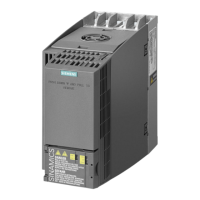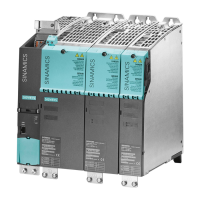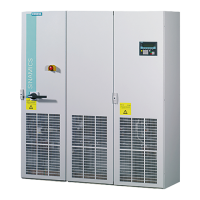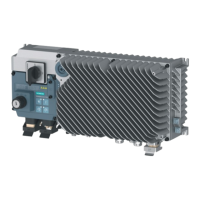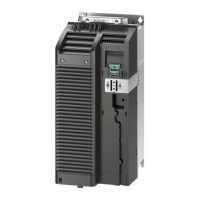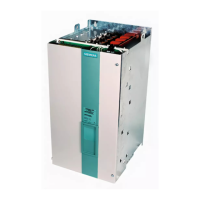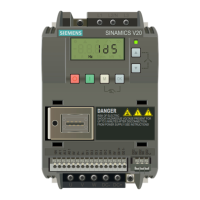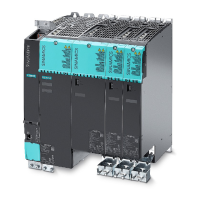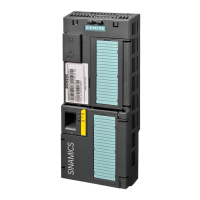Function modules
8.10 Parallel connection of power units
Drive functions
564 Function Manual, 11/2017, 6SL3097-4AB00-0BP5
Parallel connection of Basic Line Modules
Features of Basic Line Modules:
● The DC-link voltage is greater than the rms value of the line rated voltage by a factor of
1.35.
● They are used in cases where regenerative feedback capability is not required.
● If regenerative operating states occur in the drive line-up, Braking Modules that convert
the excess energy to heat in braking resistors must be used.
Basic Line Modules in chassis format are available for the following voltages and power
ratings:
Table 8- 9 Basic Line Modules
The following rules must be observed when connecting Basic Line Modules in parallel:
● Up to four identical Basic Line Modules can be connected in parallel.
● A common Control Unit must always be used to implement the parallel connection.
● Special Line Connection Modules are available for the parallel connection.
● With multiple infeeds, power must be supplied to the systems from a common infeed
point (i.e. the modules cannot be operated on different line supplies).
● A current reduction (derating) of 7.5% must be taken into consideration, regardless of the
number of modules connected in parallel.
As Basic Line Modules have no current compensation control, the three-winding transformer,
power cabling and line reactors must meet the following requirements in order to provide a
balanced current:
● Three-winding transformer must be symmetrical, recommended vector groups Dy5d0 or
Dy11d0.
● Relative short-circuit voltage of three-winding transformer u
k
≥ 4%.
● Difference between relative short-circuit voltages of secondary windings Δu
k
≤ 5%.
● Difference between no-load voltages of secondary windings ΔU ≤ 0.5%.
● Use of symmetrical power cabling between the transformer and the Basic Line Modules
(cables of identical type with the same cross-section and length)
● Using line reactors that match the Basic Line Modules
Line reactors can be omitted if a double-tier transformer is used and only one Basic Line
Module is connected to each secondary winding of the transformer.
A double-tier transformer is generally the only means of meeting the requirements of a three-
winding transformer for this application. Line reactors must always be installed if other types
of three-winding transformer are used. Alternative solutions for obtaining a phase
displacement of 30°, such as two separate transformers with different vector groups, cannot
be used due to the inadmissibly high tolerances involved.

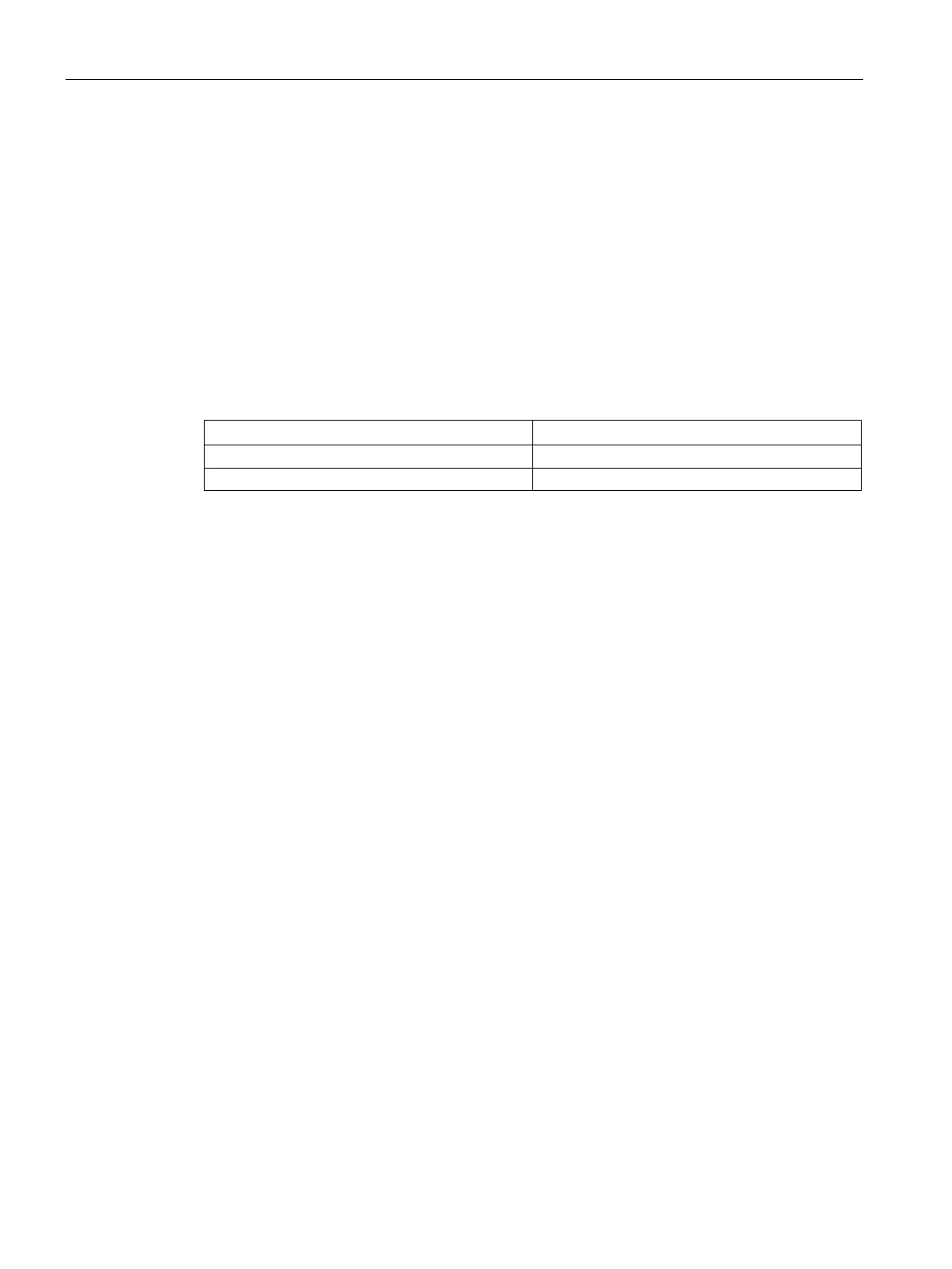